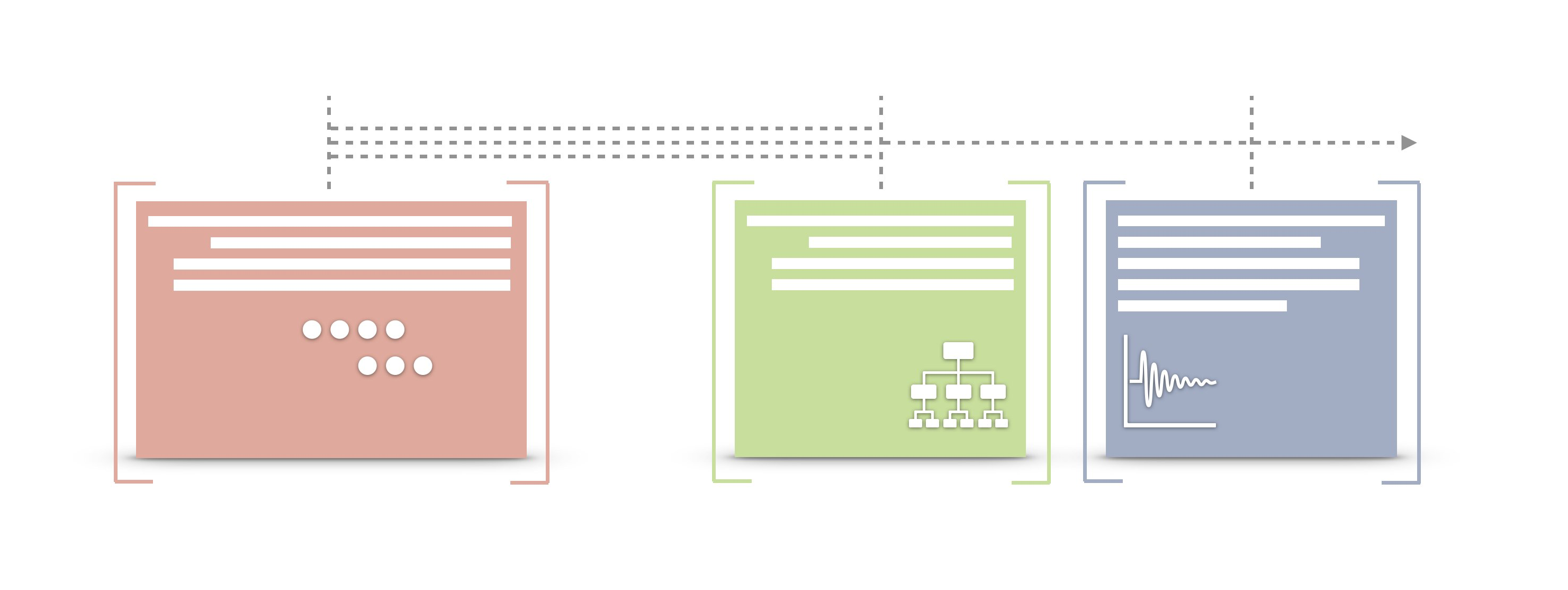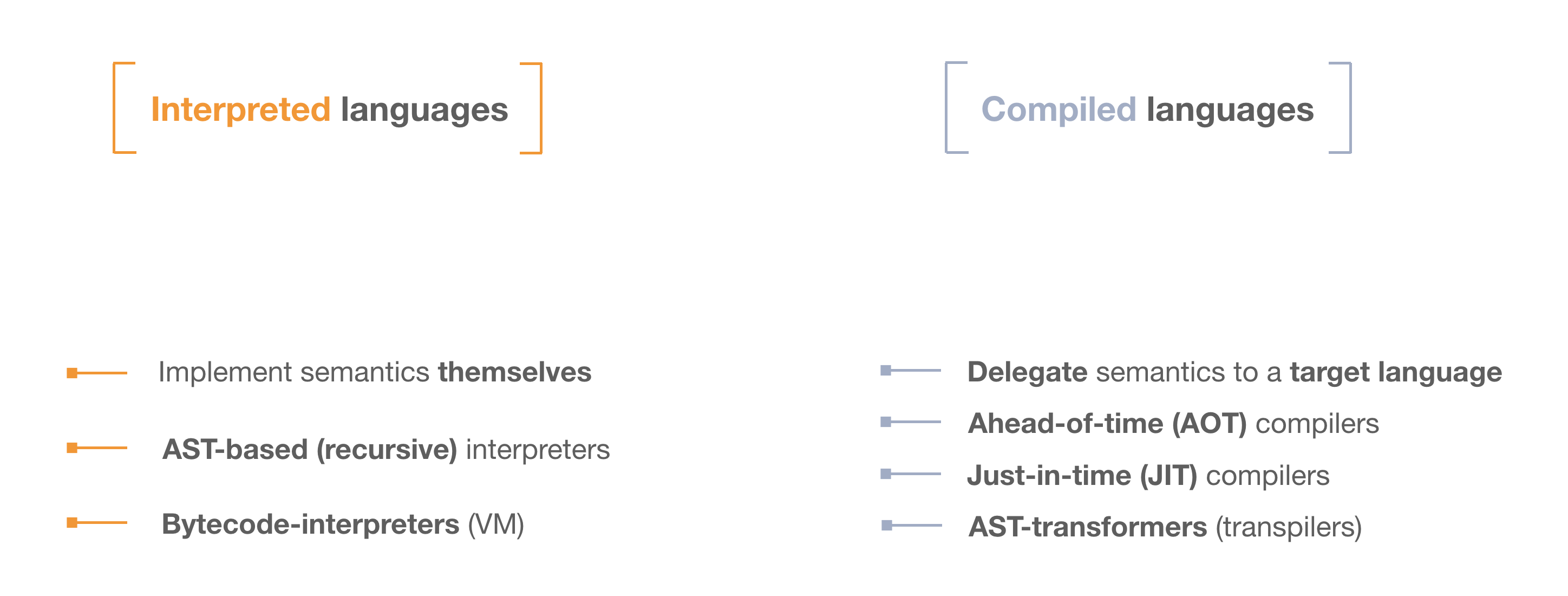In this articles we’re going to implement a Mark-Sweep garbage collector in C++.
This is the 9th lecture from the Essentials of Garbage Collectors course where we discuss in detail all the aspects of automatic memory management.
In this articles we’re going to implement a Mark-Sweep garbage collector in C++.
This is the 9th lecture from the Essentials of Garbage Collectors course where we discuss in detail all the aspects of automatic memory management.
How programming languages work under the hood? What’s the difference between compiler and interpreter? What is a virtual machine, and JIT-compiler? And what about the difference between functional and imperative programming?
There are so many questions when it comes to implementing a programming language!

The problem with “compiler classes” in school is they usually are presented as some “hardcore rocket science” which is only for advanced engineers.
Moreover, classic compiler books start from the least significant topic, such as Lexical analysis, going right away deep down to the theoretical aspects of formal grammars. And by the time of implementing a first Tokenizer module, students simply lose an interest to the topic, not having a chance to actually start implementing a programing language itself. And all this is spread to a whole semester of messing with tokenizers and BNF grammars, without understanding an actual semantics of programming languages.
I believe we should be able to build and understand a full programming language semantics, end-to-end, in 4-6 hours — with a content going straight to the point, showed in live coding sessions as pair-programming, and described in a comprehensible way.
In the Essentials of Interpretations class we focus specifically on runtime semantics, and build an interpreter for a programming language very similar to JavaScript or Python.
Implementing a programing language would also make your practical usage level of other programming languages more professional.
